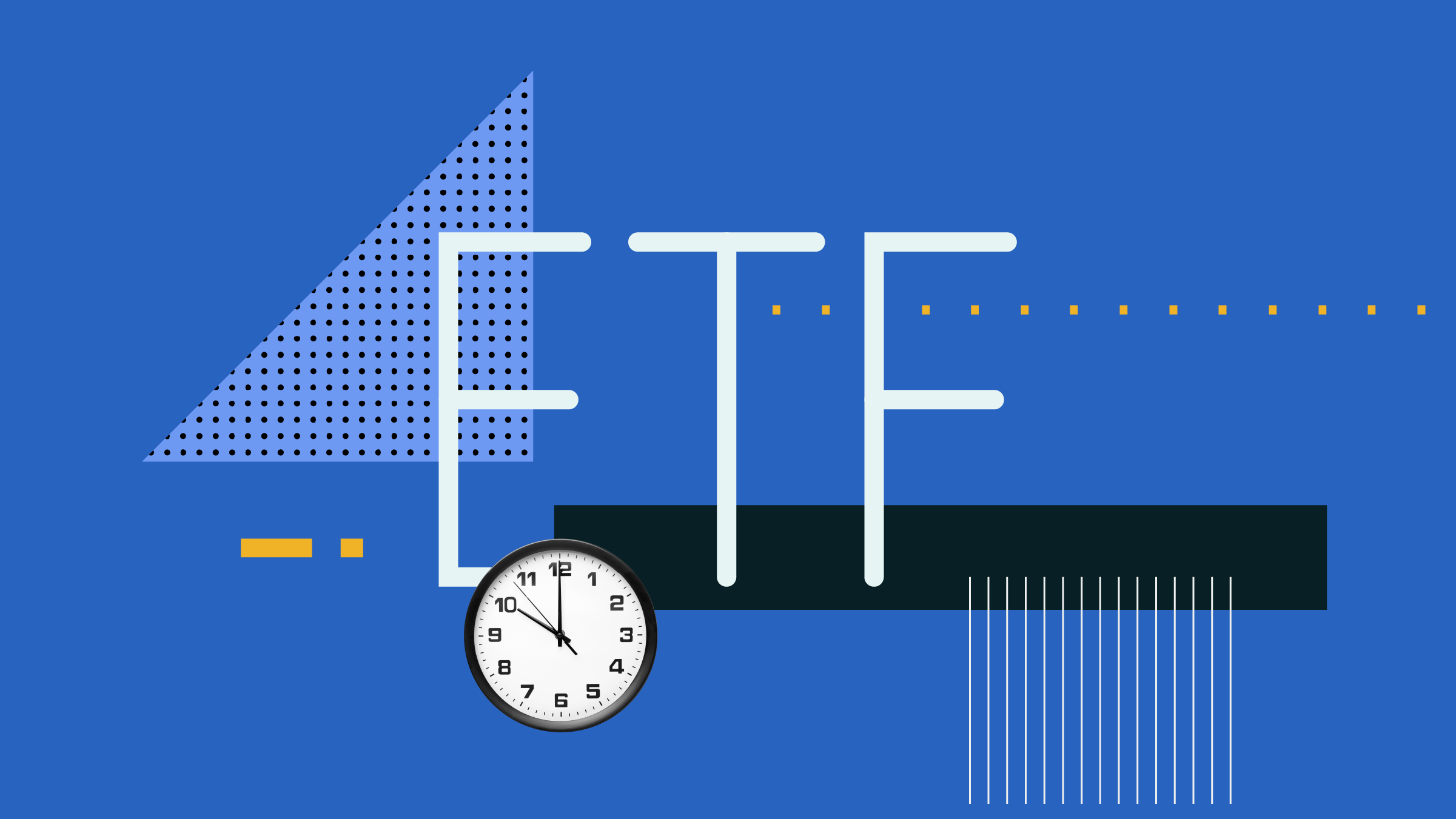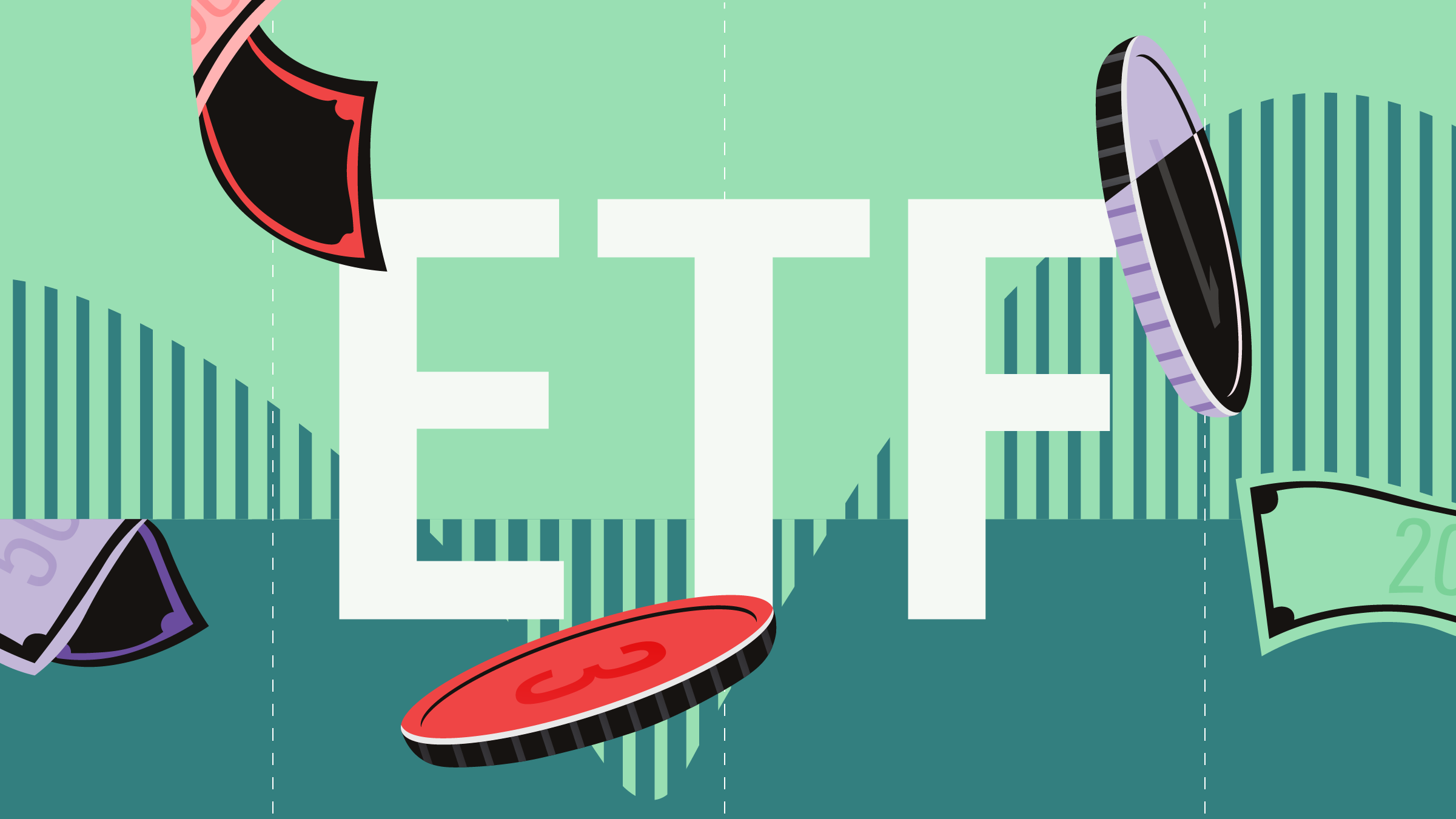
This article was originally published Dec. 9, 2024.
Many investors prioritize a tax-free savings account, or TFSA, over its considerably older tax-saving cousin, the registered retirement savings plan, or RRSP. While there is no tax deduction for TFSA contributions, nor a mandatory termination date (the RRSP’s is the end of the year in which you turn 71), no tax is payable when you withdraw funds from a TFSA, and your contribution room never goes away. However, a TSFA has a crucial restriction for making withdrawals or contributions near the end of the calendar year.
How TSFAs Work
With a TFSA, you may contribute up to C$7,000 in the 2024 calendar year, plus any unused contribution room from previous years. As with an RRSP, you can carry forward this cumulative amount for future use. For example, if you have never contributed to a TFSA, as of 2017, you can immediately put as much as C$95,000 into an account, assuming you were 18 or over when the program was introduced in 2009. That total is based on annual limits that have been increased over the years. The federal government may increase the annual limit based on the inflation rate. The limit will remain C$7,000 for 2025.
As with RRSPs, income earned within a TFSA is sheltered from tax—though with an RRSP, this is only a deferral, whereas a TFSA provides a permanent tax break. Interest on loans taken out to fund a contribution are not tax-deductible. Eligible investments are mostly the same for TFSAs as they are for RRSPs—stocks and other equity securities, bonds and other fixed-income securities, mutual funds, exchange-traded funds, cash and equivalents, and in some cases, shares of private corporations.
You can also make contributions in kind using eligible securities you already own in other accounts. And at death—as with an RRSP or its post-retirement successor, a registered retirement income fund, or RRIF—the assets within a TFSA can be transferred to your spouse without tax implications, and the spouse’s lifetime contribution room is unaffected.
TFSAs and Taxes
But that’s where the similarities end. TFSA contributions are not tax-deductible. However, nothing is taxed upon withdrawal, so there’s no heavy tax hit like when you remove capital and income from an RRSP.
What’s more, when you remove capital from a TFSA, your lifetime contribution room is replenished by that amount. So if your current contribution room stands at C$20,000 and you withdraw C$5,000, your cumulative limit will increase to C$25,000.
There is a catch, though. When you withdraw money from a TFSA, you must wait until the following calendar year to put that money back into your account. If you made the maximum contribution during the current year and don’t wait until the new year to replace that money in your TFSA, you will be deemed to have made an excess contribution and be subject to a penalty tax. That penalty is 1% of the excess amount for every month you are offside. (The penalty is based on the highest balance during the month.)
There are some additional restrictions to bear in mind when staying onside with a TFSA:
• Spousal loans: Your spouse can give or lend you money for a TFSA contribution. This amount and any contributions from your own resources cannot exceed your contribution limit. Loaned or gifted amounts can grow tax-free within your TFSA, and may be withdrawn free of tax. However, if you were to reinvest any of this capital in a non-registered account, it would become taxable under the general income-attribution rules. It’s better to use this money for a non-investment purpose, such as a major purchase or to pay down a mortgage. The bottom line is that if you use money from your spouse to make a TFSA contribution, avoid reinvesting any withdrawn amounts in another taxable account.
• If you leave Canada: As a non-resident, you can retain a TFSA, but no additional contributions can be made. While income earned within the account will continue to be tax-free for Canadian tax purposes, this income may be taxed by your new country of residence, such as the United States.
• Making TFSA fees tax-deductible: You can pay account management fees on your TFSA, RRSP, or other registered account from a taxable account, thus making the fee tax-deductible. This must be arranged with your investment advisor or financial institution. Fees paid directly from your TFSA would be considered a withdrawal from that account, meaning that amount would no longer be invested and working for you until it was replenished early in the following year.
• If you trade your portfolio heavily: The CRA could consider active and high-risk trading within a TFSA as business activity. Among the red flags the CRA looks for are high trading volume, how long securities are held, the investor’s profession, time spent researching and trading securities, and their market expertise. A TFSA is intended to assist individual taxpayers, not professional investors.
The author or authors do not own shares in any securities mentioned in this article. Find out about Morningstar's editorial policies.



















